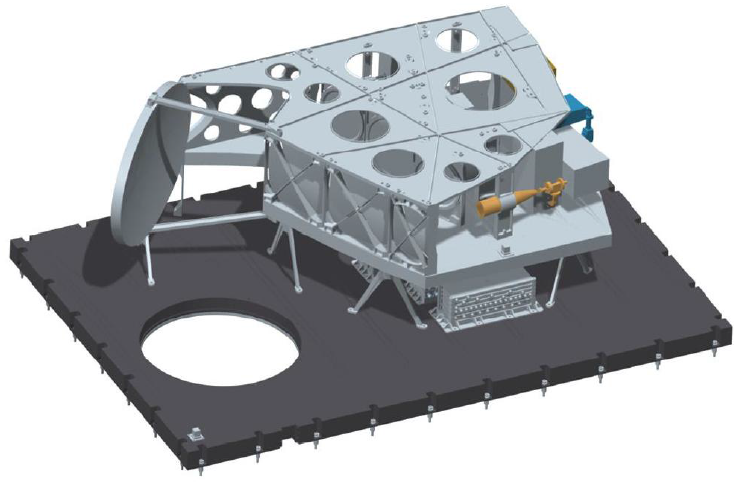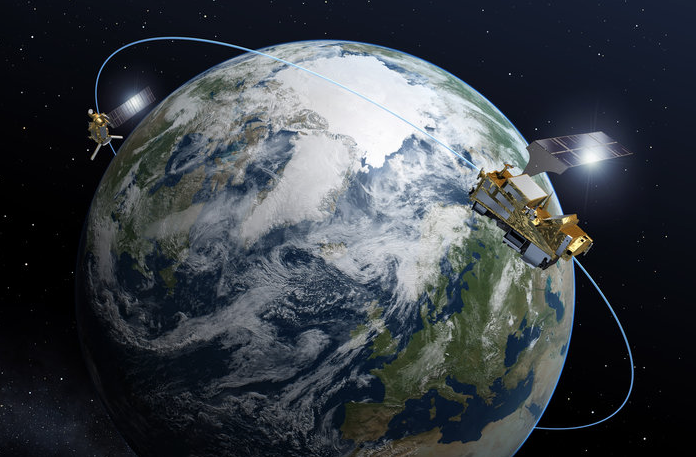
TK’s Quasi-Optical Network for MicroWave Sounder instrument The QON receives atmospheric emission line radiation, generated by the rotation of both oxygen and water molecules in the atmosphere, and routes these signals to the appropriate microwave receivers. It therefore acts as both an antenna and a frequency multiplexer.
[Satnews] Thomas Keating Ltd announces ESA and Airbus companies across Europe are in the process of placing orders worth approximately 8.5MEuros for a range of sub-systems for the microwave instruments in the ESA MetOp-SG weather satellite program.
After a competitive tendering process run in accordance with ESA Best Practice Procurement rules, Thomas Keating Ltd., and its subcontractors W S Atkins plc, Cardiff University in the UK, the Institute of Applied Physics, University of Bern, Switzerland, will be designing, making and qualifying for spaceflight, the following sub-systems:
- On Board Calibration Targets for the MicroWave Sounder (MWS)
- On Board Calibration Targets for the ICE Cloud Imager (ICI)
- Quasi-Optical Network of the MWS

Building on the current series of MetOp weather satellites, the family of MetOp-Second Generation missions will comprise three pairs of satellites to secure essential information for weather forecasting through the decades beyond 2020. Courtesy ESA–P. Carril
MWS Project Manager David Masterson comments, “Thomas Keating and their subcontractor colleagues have shown enthusiasm and drive to bring their quasi optics and calibration technology to our technically-demanding satellite instrument.”
TK’s MD Richard Wylde said, “We are thrilled to be chosen by ESA and Airbus for these demanding roles and will be striving to deal with the many technical challenges in the tight timeline required by EUMETSAT.”
Technical background:
- MWS will perform all-weather microwave sounding of atmospheric temperature and humidity in the frequency range from 23.4 to 229 GHz, at a spatial resolution of 17 to 40 km.
- By measuring temperature and water content of the atmosphere MWS will provide a significant part of the backbone data required for global weather predictions when it is launched early in the next decade.
- ICI will provide ice cloud and snowfall imaging in 13 channels in the frequency range from 183 to 664 GHz at a spatial resolution of 15 km.

